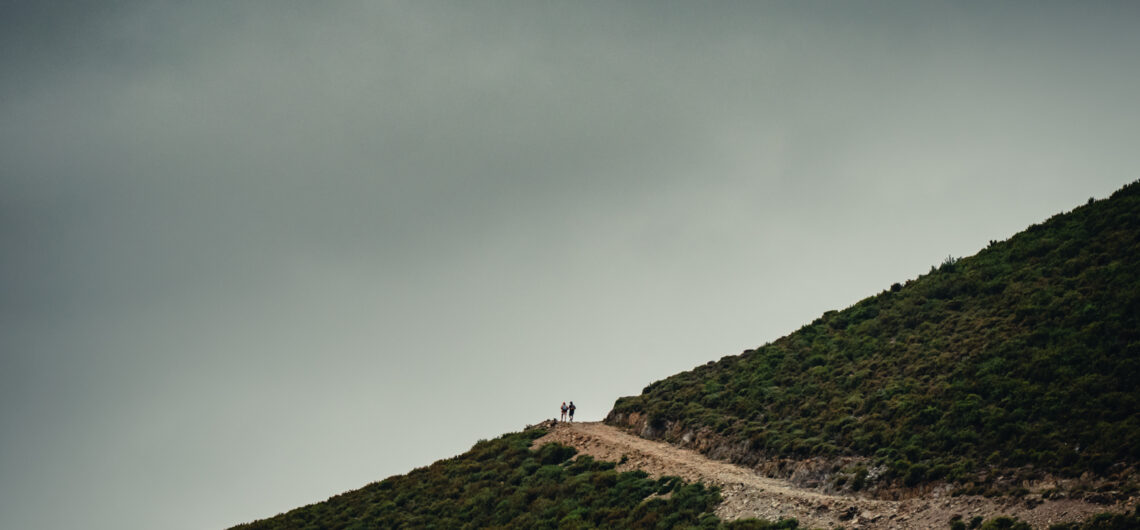Portugal’s diverse landscapes offer a spectacular playground for photographers, and nowhere is this more evident than in its mountains. From the towering peaks of Serra da Estrela — the country’s highest range — to the lush, mist-covered trails of Peneda-Gerês National Park, the country’s mountainous regions present endless opportunities for dramatic and evocative images.
This guide is your essential resource for Portugal mountains photography. We’ll explore the best locations, optimal times to shoot, how to handle the often unpredictable mountain weather, and composition techniques to create powerful and inspiring mountain scenes.
Why photograph Portugal mountains?
The Portugal mountains embody raw natural beauty and a sense of wilderness that contrasts strikingly with the country’s urban centers and coastal areas. The rugged peaks, deep valleys, and dense forests offer dynamic subjects for photographers who want to capture nature’s grandeur and mood.
Photographing mountains demands patience and adaptability, as lighting conditions and weather can shift rapidly. However, this variability also creates opportunities for unique shots—dramatic clouds, mystical fog, and stunning sunrises or sunsets.
Top Mountain Locations for Photography
Portugal’s mountains offer a diverse range of stunning landscapes for photographers. Below are some of the most iconic and rewarding locations to capture the essence of the country’s mountainous beauty.
1. Serra da Estrela
Serra da Estrela is the highest mountain range in mainland Portugal, reaching up to 1,993 meters. It’s renowned for its rocky peaks, glacial valleys, and natural beauty.
- Where to shoot: Torre, the highest point, offers panoramic views perfect for sunrise or sunset shots. The lagoa do Covão d’Ametade and the surrounding valleys provide lush greenery and water reflections;
- Photography tips: use a wide-angle lens for sweeping landscapes. Morning fog often blankets the valleys, creating atmospheric images. Be prepared for rapidly changing weather conditions.
2. Peneda-Gerês National Park
As Portugal’s only national park, Peneda-Gerês is a mosaic of rugged mountains, forests, waterfalls, and traditional villages.
- Where to shoot: the viewpoint at Pedra Bela offers expansive vistas over the park. The Tahiti Waterfall and the village of Soajo provide both natural and cultural photography opportunities;
- Photography tips: midday can be harsh; aim for early morning or late afternoon light. Capture mist in the forests for a mystical effect, and use telephoto lenses to isolate wildlife and distant peaks.
3. Serra do Marão and Serra do Alvão
Less frequented but equally photogenic, these ranges are known for their wild beauty, waterfalls, and traditional rural life.
- Where to shoot: waterfalls like Fisgas de Ermelo are breathtaking subjects. Explore nearby villages for authentic cultural shots amid mountain backdrops;
- Photography tips: experiment with long exposures at waterfalls for silky water effects. Look for contrasting textures—rock, water, and foliage—to add depth.
Best times and weather for mountain photography
Mountain weather is notoriously unpredictable. To maximize your chances of stunning shots:
- Golden hours: sunrise and sunset provide soft, warm light and dramatic shadows. These are prime times for capturing the contours of mountains;
- Fog and mist: early mornings often bring mist that clings to valleys and trees, adding mystery and mood to your photos;
- Seasonal variations: winter brings snow-capped peaks to Serra da Estrela, while autumn paints forests with warm hues. Spring offers blossoming flora and vibrant greenery.
Always check local weather forecasts and be prepared for sudden changes. Dressing in layers and carrying protective gear for your camera are essential.
Composition techniques for powerful mountain scenes
Using leading lines is a fundamental technique in mountain photography. Trails, rivers, and ridges naturally guide the viewer’s eye through the image, creating a sense of depth and movement. Incorporating foreground interest, such as rocks, trees, or wildflowers, adds both depth and scale to your compositions, helping to immerse viewers in the scene.
Balancing the elements within your frame—sky, mountains, and land—ensures a harmonious and visually pleasing composition. To effectively convey the vastness of the mountains, include subjects like hikers, animals, or structures that provide a relatable sense of scale.
Finally, playing with light and shadow is essential. Side lighting can reveal textures and forms, adding drama and dimension to your mountain photographs, enhancing their overall impact.
Managing challenges in mountain photography
Changing light conditions are a common challenge in mountain photography. Mountains often create deep shadows alongside bright highlights, making it difficult to capture balanced exposures. To overcome this, consider using exposure bracketing and HDR processing to retain detail across the full tonal range.
Physical access can also be demanding, as many of the best viewpoints require hiking over rugged terrain. Plan your trips carefully, wear appropriate gear, and be prepared for the physical effort involved to reach these stunning locations.
Safety should always be a priority. Stick to marked trails, inform someone about your itinerary, and carry essential supplies such as water, maps, and suitable clothing to ensure a safe and enjoyable photography experience.
Ready to explore and photograph Portugal’s mountains?
Capture Portugal’s majestic mountains with confidence and creativity. Join Pictury Photo Tours for expert guidance and access to the best mountain photography spots.
Embark on an unforgettable journey through Serra da Estrela, Peneda-Gerês, and beyond, capturing breathtaking landscapes with local experts.



